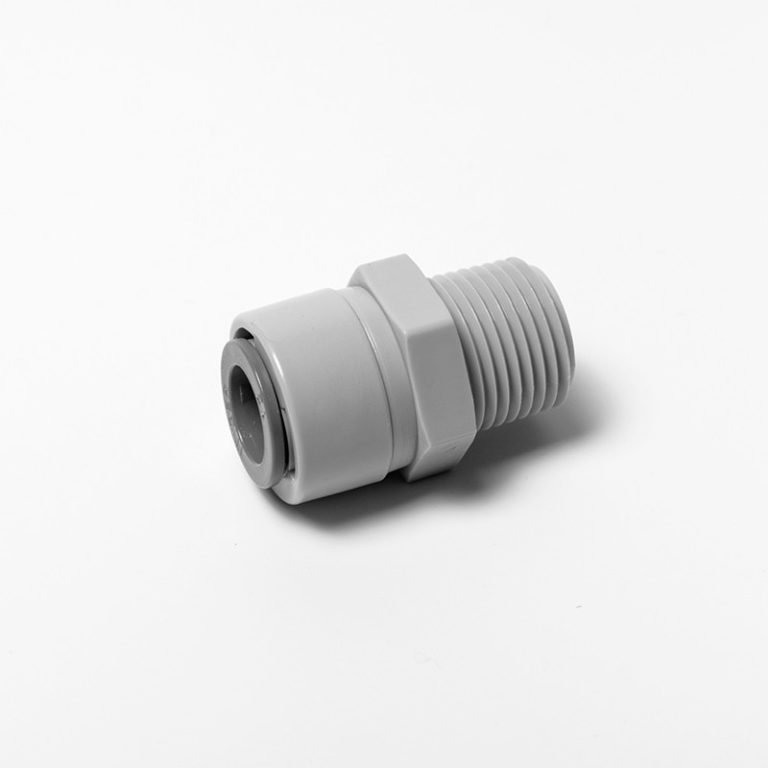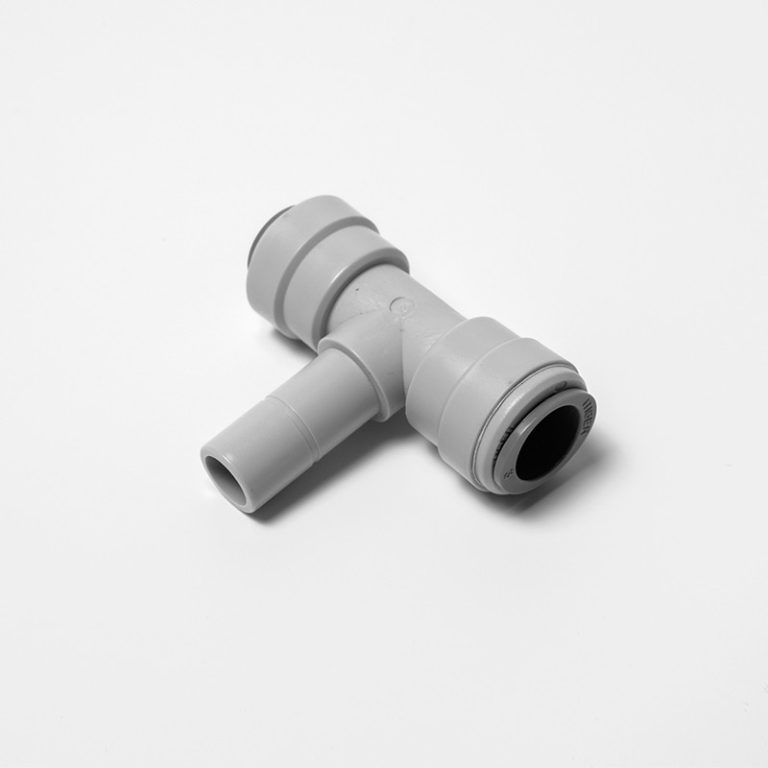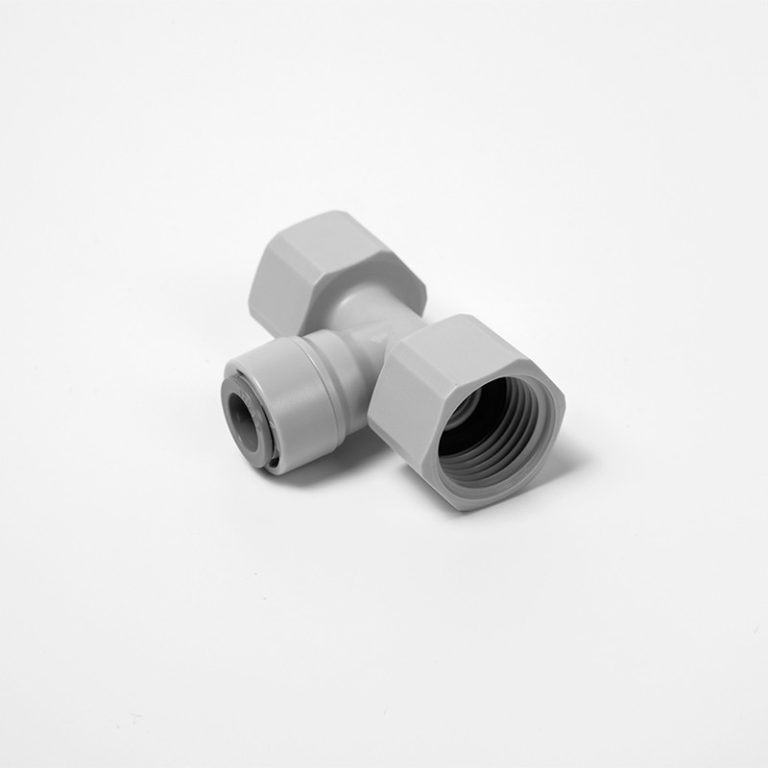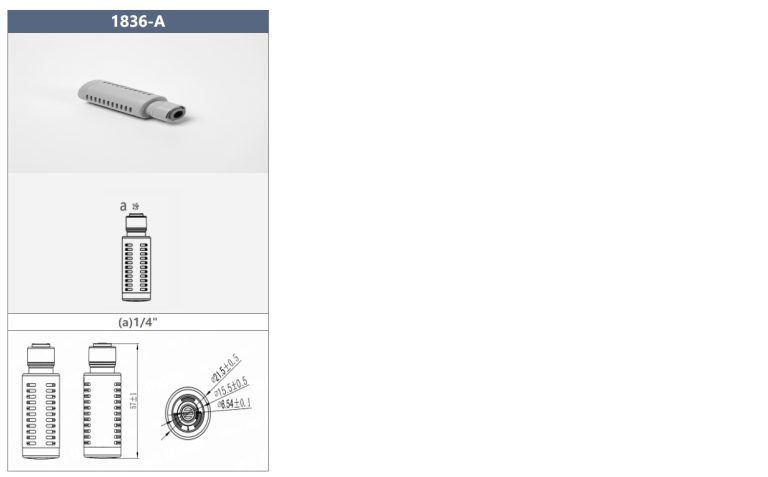Exploring the Conductivity of PVC: Does PVC Conduct Electricity?
Polyvinyl chloride, commonly known as PVC, is a versatile and widely used material in various industries due to its durability, flexibility, and cost-effectiveness. However, one question that often arises is whether PVC can conduct electricity. In this article, we will explore the conductivity of PVC and determine whether it is a good conductor of electricity.
To understand the conductivity of PVC, it is essential to first grasp the basic principles of electrical conductivity. In simple terms, electrical conductivity refers to the ability of a material to allow the flow of electric current through it. Materials can be classified into three categories based on their conductivity: conductors, insulators, and semiconductors. Conductors, such as metals, have high conductivity and allow electric current to flow easily. Insulators, on the other hand, have low conductivity and do not allow electric current to pass through them. Semiconductors fall somewhere in between conductors and insulators in terms of conductivity.
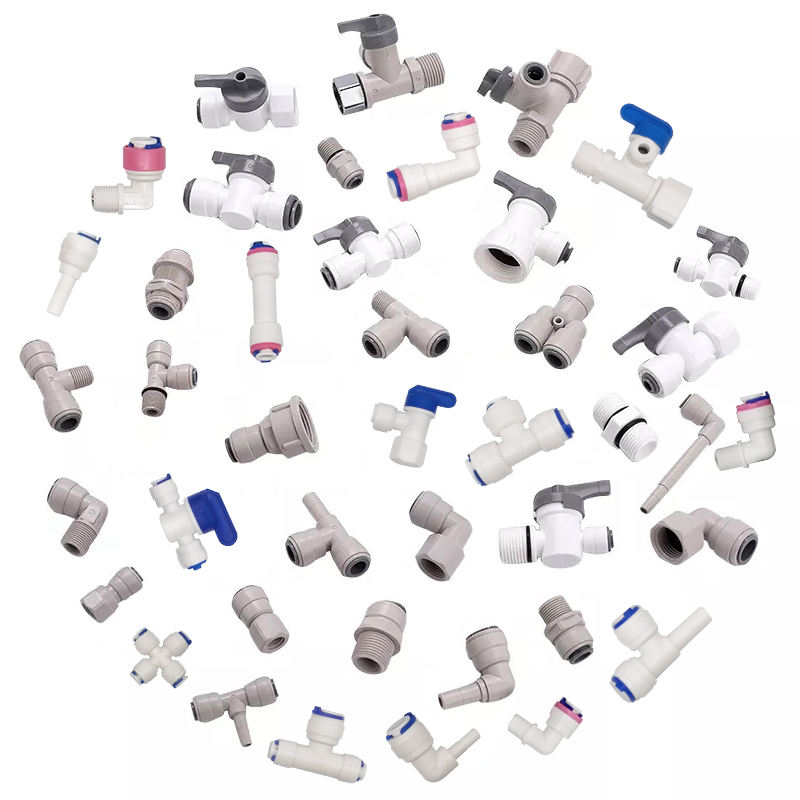
PVC is classified as an insulator, which means that it has low conductivity and does not conduct electricity well. This is due to the molecular structure of PVC, which consists of long chains of carbon atoms bonded to chlorine atoms. These bonds are strong and do not allow for the easy movement of electrons, which are necessary for the flow of electric current. As a result, PVC is not a good conductor of electricity and is commonly used in applications where electrical insulation is required.
| POM | Highly durable and resistant to fatigue and creep |
| ST Teeth | 304 Stainless Steel, good corrosion resistance |
| NBR | Good oil resistance |
While PVC is not a good conductor of electricity, it is important to note that it can become conductive under certain conditions. For example, if PVC comes into contact with a conductive material or is exposed to high temperatures, it can develop small conductive pathways that allow electric current to flow through it. This phenomenon is known as tracking or tracking resistance, and it can occur in PVC products that are exposed to harsh environments or electrical stress.
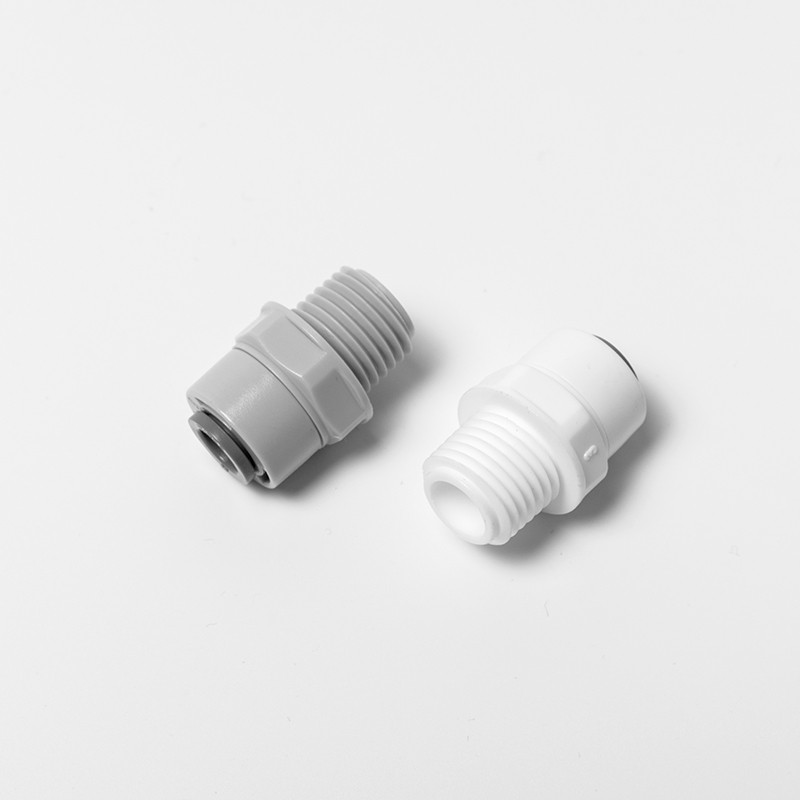
In addition to tracking resistance, PVC can also become conductive when it is doped with certain additives or fillers. These additives can enhance the conductivity of PVC and make it suitable for specific applications where electrical conductivity is required. However, it is important to note that these additives can also affect the mechanical and thermal properties of PVC, so careful consideration must be given to the overall performance requirements of the material.
In conclusion, PVC is not a good conductor of electricity due to its molecular structure, which inhibits the flow of electric current. However, under certain conditions, such as exposure to conductive materials or high temperatures, PVC can develop conductive pathways that allow for the flow of electric current. Additionally, PVC can be made conductive by doping it with additives or fillers, although this may impact other properties of the material. Overall, while PVC is primarily used for its insulating properties, it is important to be aware of its conductivity characteristics in specific applications where electrical conductivity is a consideration.
| Model | Tube(a) | Stem(b) |
|---|---|---|
| 1801-A | 1/4 | 1/4 |
| 1801-C | 1/4 | 3/16 |

